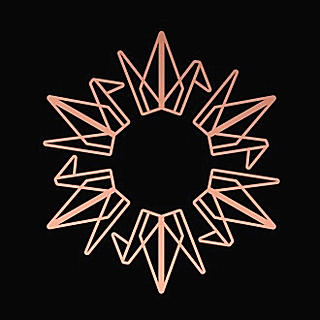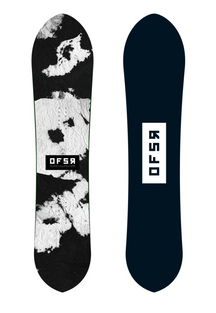SKI & SNOWBOARD ESSENTIALS
- Origami Destination
- Jul 29, 2018
- 4 min read
Is this your first time traveling to the snow? Or perhaps you just want to be refreshed again so you don't forget to bring your googles this upcoming winter! Then this list is for you.
After spending more than a decade in the snowy mountains of Japan, we know the importance in dressing appropriately to avoid getting cold up on the mountains as well as off the mountains!
THE ART OF LAYERING
Base-Layers TOP + BOTTOM
The key to stay warm up on the hill starts with the first layers. Having worked in retail stores that sell these I can straight off the bat recommend you to invest in a good set of top/bottom merino wool first layer set .
It has a natural loft that traps heat very efficiently between the fibers, making it warmer than a synthetic of the same weight. But avoids you to get sweaty easily as it regulates your body temperature well.
Mid-Layers
Mid-layers is the next step in the art of layering. You do not want to have anything that is going to be to tight or uncomfortable, this will restrict your ability to move freely.
Find a mid-layer with a nice and a comfy loose fit that's also fashionable enough to hit the apré's ski for some cocktails after you are done on the hills!
For the person that gets cold easily, we do recommend to invest in a insulator jacket as shown in the 3rd picture from the left. They're also great to use when walking around town!
ORIGAMI TIP: Don't forget that many mid-layers have vent zips on them these days, if you tend to get hot - unzip them!
Outerwear
There are two types of outerwear: One type is an insulated type that typically comes with less water resistance but is warmer. The other type is a shell type of jacket that is not insulated but has a higher water resistance/windprofness.
If you are a skier/snowboarder that spends more time in the apés skis than on the actual mountain, we dare say that a 10/10,000 mm jacket should be just fine for you.
On the other hand, if you are planning to spend a significant amount of time up on the hill and you do not want to get cold, we really do recommend you to invest in a good Gore-Tex jacket jacket as it does not let through air and is highly water resistant.

ORIGAMI TIP: If you happen to have a fur on your jacket, we recommended you to remove it before you go and snowboard as it
tends to get wet and freeze up.
Other Essentials:
Helmet: We highly recommend to either purchase a helmet or renting a helmet.
Japan is full of tight tree runs and trees don't move!
Googles: Googles are crucial for your visibility in Japan. You might want to either purchase googles that come with a spare lens or purchase an extra one (mirrored lens) when buying your googles. During our snowiest months (December-March) we would typically use a low-light lens.
Gloves: We recommend spending a-bit of money on your gloves. Gore-Tex mitts will be the warmest and most water resistant gloves up on the hill. If your gloves get wet- you soon find out that they freeze up and your hands will be frozen! This will result in you probably calling it a day. Get Gore-Tex gloves!
Socks: Do yourself a favor and grab yourself a pair of merino wool socks!
Heat Packs: Great for people that tend to get cold easily, these little heat packs does wonders!
ORIGAMI TIP: Try on you googles with your helmet before purchasing it just in case it does not fit.
SNOWBOARD & SKI EQUIPMENT
Ski/Snowboard: As a ski/snowboard beginner, you probably do not own your own
ski/snowboard, bindings, boots yet. We recommend that you try out a few skis/boards before you purchase your own. As a beginner we would suggest you to try out an rental all mountain type of ski/board that rides well and forgiving.
Do you consider yourself advanced? Then we highly recommend trying out a directional powder ski/board if you have not done so yet. There's several local board companies that designs and manufactures great boards such as Off Shores Snowshapes and Gentemstick.
Snowboard Bindings: Snowboard bindings are necessary in order for you to snowboard. This is what you use in order to strap yourself in and keep control of the snowboard.
As with snowboards, the bindings have different flexes and stiffness rates.
The stiffer the binding, the more response you will get out of them!
Ski/Snowboard Boots: The number one most important piece of equipment is the ski/snowboard boots. Your body starts at it's feet and in order to perform the best you can, you need to have a solid pair of boots!
Here again, the stiffer the boot the more response and support you will get out of them. As a beginner we would recommend going with a softer pair of boot as it does not respond on your every movement.
ORIGAMI TIP: When you decide to purchase/rent your ski/snowboard - try and match the specs on snowboard, bindings, boots the best you can!
Last but not least, don't forget to bring your snorkel for all that powder snow that Japan produces! :)
We are more than happy to assist you with any rental bookings or enquires you might
have. Just send us en email!
Hope to see you on the slopes!
Sources for images:
https://oyuki.com/
https://www.burton.com
https://www.skis.com


















































Comments